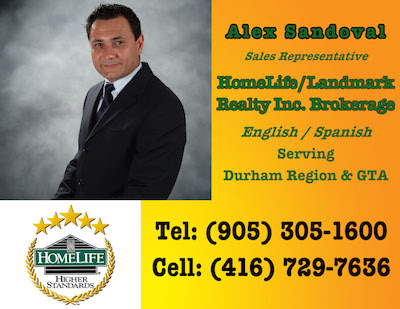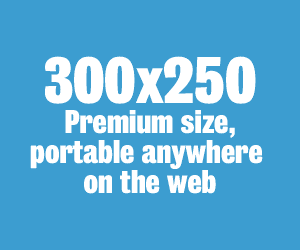Canadians are gearing up for the upcoming 42nd Federal Election and have been for 11 long weeks now (the longest Canadian election campaign in recent history). This week it all comes to an end and come October 20th the Federal political landscape might either remain the same or go through a drastic change, depending on what voters decide. Voter apathy has been a problem that has plagued most municipal, provincial or federal elections and on this particular one, more than ever, the vote (and our right to choose our own political path) will count to have our voices and our choices heard.
The process can be a little intimidated, so we at Alma Latina wanted to not only try to stress how important it is for all Canadians, but especially for us Hispanic immigrants, to be able to exercise this right and privilege we’ve been given citizenship right in our adopted land, Canada. Let’s not forget that women did not earn the right to vote in Canada until 1918— humanity is thousands and thousands of years old and we were only 97 years ago! And by the way, most women of colour were only given suffrage rights in the 1940s and Aboriginal women were only allowed to vote in 1960 in Canada.
As a Hispanic immigrant, I am also reminded that in many of our countries we grew up in dictatorships, and voting was not even a choice. I come from a country whose dictator passed on his power first to his brother and then to his son, only to be thrown out by a revolution. Currently there is a dictatorship of sorts still there, so the fact that I get to vote is more than a privilege for me, as I’m sure it is for many of us.
So, what is the process to vote for this Canadian Federal election? First off, to vote in this election you must be a Canadian Citizen, be at least 18 years old on election day and present proof of your identity and your address. If you visit Elections Canada, you can find there a sea of information on what it all means and what the details of the process entail: How to register, different ways to vote, information for first-time voters and students and more. Also, if you haven’t moved since the last election, chances are you received a voter information pamphlet explaining the process and also “Voter Information Card”, which is the one you will present when you vote.
If you don’t know who you’re voting for…then you’re in trouble or have spent the last 11 weeks hiding under a rock). Just kidding! You can visit the Elections Canada section “Candidates and Parties”, enter your postal code and be given a list of the candidates in your riding. There are currently 308 electoral districts or ridings in Canada. Google any of the candidates names and you will very likely find their own websites, or even Facebook pages, where you can get more information about the party they represent and what their campaign platforms are.
Now, just to be clear, when you vote you are not choosing either Prime Minister Stephen Harper (Conservative), Justing Trudeau (Liberal), Thomas Mulcair (NDP) or Elizabeth May (Green Party) for Prime Minister. You are voting for the candidate or the party you want to be in power in your riding. The candidate with the most votes in each riding wins his/her riding and becomes a Member of Parliament (or House of Commons). Subsequently, “the party that wins the most ridings in a general federal election is asked by the Governor General to form the government. The leader of that party becomes the Prime Minister of Canada. If the party wins more than half the ridings – that’s 170 seats in the 2015 election – then it will have a majority government.” Having a majority government facilitates getting legislation passed in the House of Commons. Minority governments, on the contrary, create a lot of “discussion” (read all parties getting into fights) before passing any legislation (if it gets done at all!)
So what do you need to do to vote? Very easy: Bring your “Voter Information Card” to any Advance Polling Station, if you’re voting at an Advanced Polling Place today and through the weekend (Friday Oct 9 to Monday Oct 12, Noon to 8:00 p.m.) In order to avoid confusion, Elections Canada does not publish a complete list of polling stations. To find out where you need to vote, check your voter information card, the Elections Canada website, or call 1-800-463-6868. You can also vote at any Elections Canada Office before Tuesday, October 13 (offices close at 6:00 p.m.) To check your Elections Canada Office location, visit the Elections Canada website and enter your postal code in their “My Voter Information” section or visit their “Ways to Vote” section.
To prove your identity or address you must present ONE piece of ID either your Driver’s License, your provincial or territorial card or any other government card with your photo, name and current address. If you don’t have any of these, you’ll need to present TWO pieces of ID, with one having your current address (bank or credit card statement, utility bill or Student Card) or any other ID listed on the Elections Canada “ID to Vote” section. If none of your IDs have your current address, you must Take an Oath, meaning you present TWO pieces of ID and bring someone who knows you and can verify your new address (they have to show ID and proof of address, be registered at the same polling place and they can only confirm for one person).
And there you have it, folks: choose to vote beforehand at Advance Polling Stations, Election Canada Offices or wait until Election Day, Monday October 19. Polling stations will be open for 12 hours. If there is one election where votes will matter, it IS this one: all parties have completely different platforms and ideas of where they want Canada to move to in the future, and it is up to us, the voters, to choose this path. EVERY VOTE COUNTS. Make them count.
Canada’s 2015 Election Explained: Courtesy of J.J. McCullough









